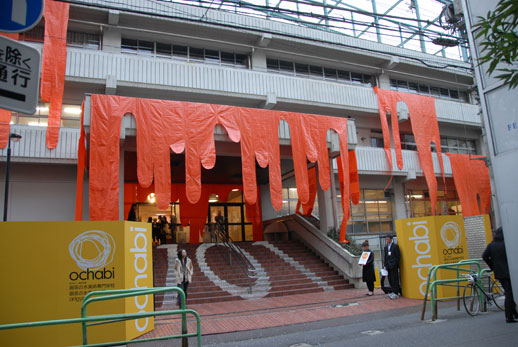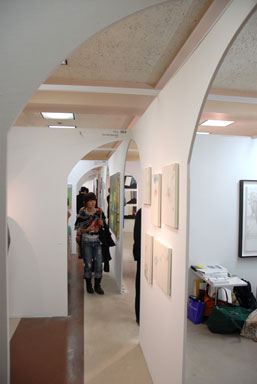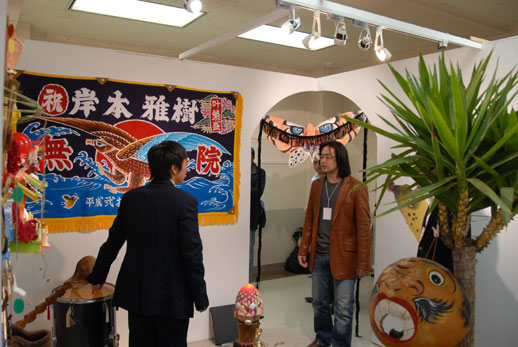A Beginner’s Guide to 101Tokyo
What?
101Tokyo is a satellite art fair to Art Fair Tokyo, with the major difference being that 101Tokyo only has contemporary art exhibitors.
Where?
This year’s event is happening at Akiba Square in Akihabara, a stone’s throw from Art Fair Tokyo. Last year’s was held in an old school, where the layout was like a grid of interconnecting booths.
When?
It happens almost concurrently with Art Fair Tokyo, this year running from April 2 to 5. It started in 2008.

Why?
Art Fair Tokyo, though only recently re-launched, has been around for almost two decades. In the past few years a new generation of galleries and gallerists has sprung up, inheriting the mantel from the leaders of the first contemporary art galleries in Tokyo. Known collectively as the New Tokyo Contemporaries, the group includes AOYAMA | MEGURO and Take Ninagawa. 101Tokyo is also a vital part of this new blood. Ever more so now that Art Fair Tokyo has taken the decision to include nihonga and antiques, and Tokyo Contemporary Art Fair shows no sign of being true to its name, Tokyo needs another art fair to provide a ‘pure’ contemporary flavour. 101Tokyo is the answer.

The make-up of the team should give you an indication of the international calibre. The founders include the indefatigable Kosuke Fujitaka, Julia Barnes, Agatha Wara and Antonin Gaultier. The director this year is Jason Jenkins, and the selection committee includes Shiho Iida (Tokyo Opera City Art Gallery) and Tetsuya Ozaki (ART iT). Participating galleries include Nakaochiai, SCAI the Bathhouse, and Tomio Koyama, as well as galleries from Shanghai, Hong Kong, America and South Africa.
Praise
Last year’s launch was a big success and people responded very positively to the atmosphere of the event. The layout meant that people, far from walking past a series of mundane booths, had to navigate their way directly through the gallery’s presentation. Art fairs are often viewed as nothing more than commercial enterprizes and not worth visiting for the general public. 101Tokyo is trying to change that misconception by innovative and energetic use of viewing space.
The presence of 101Tokyo also means that Art Fair Tokyo now has a major satellite fair and the capital can stake a claim for being a real art city. Tokyo already has Design Week; now the first week of April has truly become Art Week.
Criticism
It is still early days and only time will tell, especially in this uncertain economic mood, whether 101Tokyo can prosper and develop. It is, of course, a satellite to a larger event and the number of booths is only around thirty, so if you are looking for volume (or overload), you should (also) head to Art Fair Tokyo. Art@Agnes was held for the last time this January and many might claim that the Japanese market was not ready for a second major fair in 2008, let alone now. Let’s hope they’re wrong!

For further reading, see more photos of last year’s event and of the New Tokyo Contemporaries’ show.
See the official website here.
William Andrews
William Andrews



